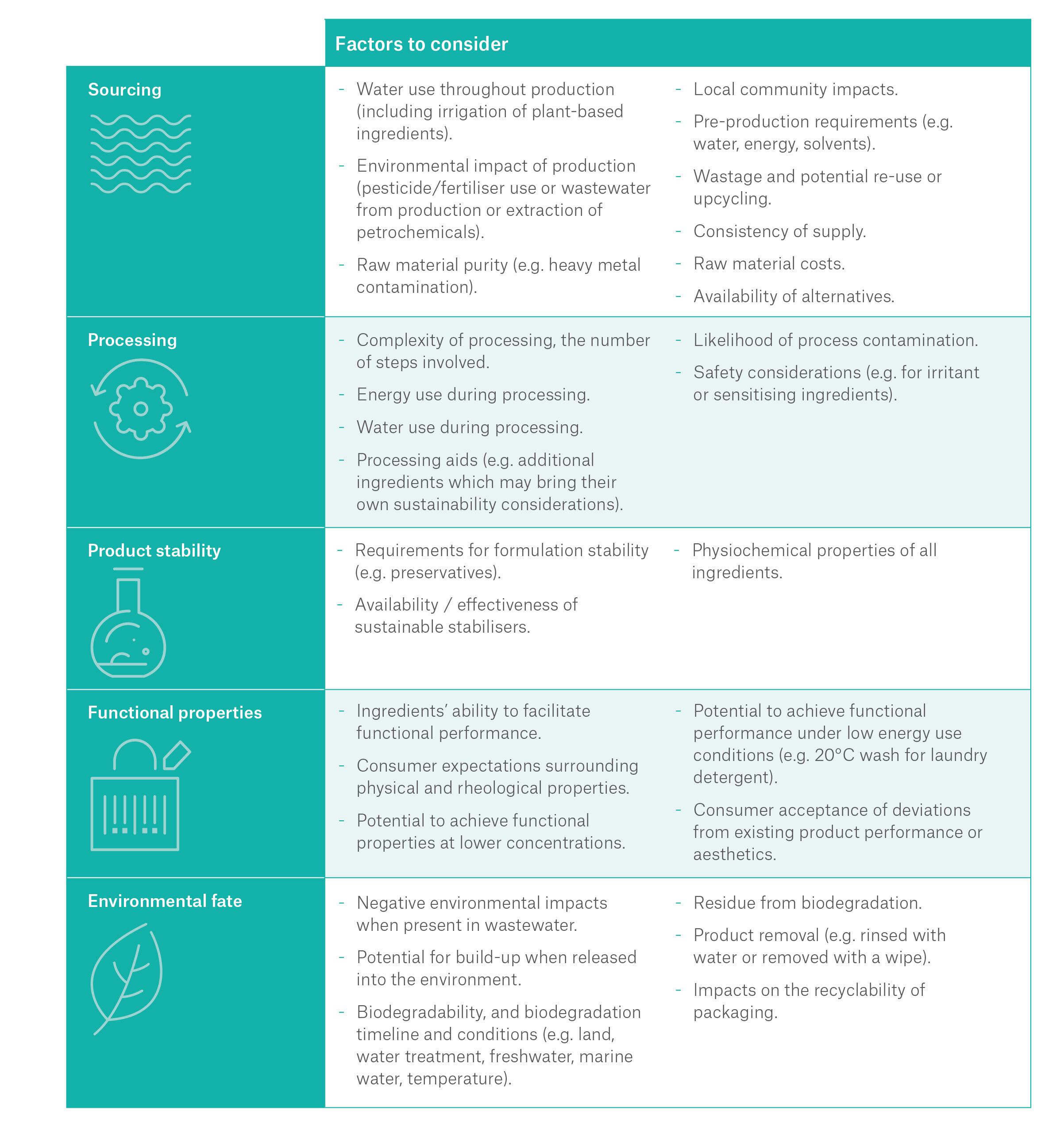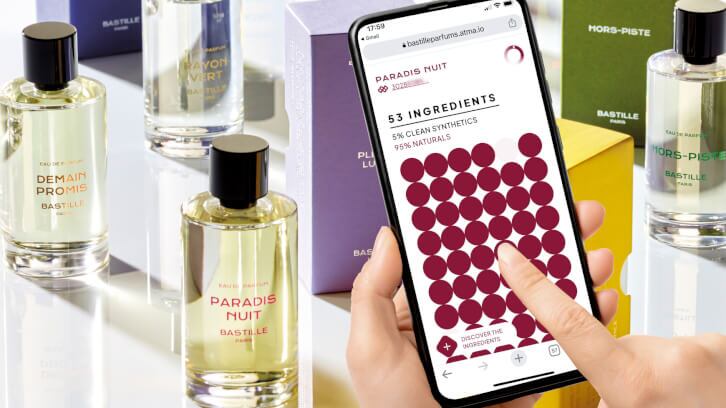Improving the environmental credentials of beauty and personal care products is a complicated process that will involve making changes across the entire product lifecycle – from ingredients and raw materials to formulations, manufacturing processes, distribution, consumption, and disposal.
Many organisations are still resisting overhauling their R&D methods to incorporate sustainability for fear of compromising efficacy or mounting costs, or both.
However, UK-based R&D consultancy Sagentia Innovation said it doesn’t have to mean introducing entirely new systems or bearing huge costs and that there can be great synergy between serving consumer needs and innovating sustainably.
“Tactical innovators can identify and leverage these synergies from the ideation and value proposition development stage onwards. Cost management must be included in the process, with trade-offs between value and costs carefully considered,” said Camilo Cardenas, Commercial Director for Sustainability at Sagentia Innovation.
Cardenas has co-authored a design framework for sustainable, commercially-sound consumer packaged goods with Dr Caroline Potter, Sagentia Innovation’s VP Sustainability, which shared the following insights for beauty and personal care brands:
- There needs to be a consistent focus on improving (or at least maintaining) the consumer journey to avoid any detrimental impact on the final product perception.
- Alignment with overall organisational strategy and long-term planning is another important consideration.
- Being ahead of the game with a sustainable portfolio that enables delivery of ESG goals unlocks competitive advantage and fosters a successful market position.
- Sustainable products are becoming more important to consumers. Until recently, a performing product and brand identity were enough. Now, consumers are demanding more transparency. This applies not just to the mode of action of a product or ingredient but also how it is sourced and produced.
Challenging the perception that natural means sustainable
The duo said that tensions between product performance, ingredient science, and regulatory matters could potentially jeopardise successful development of sustainable cosmetic and personal care formulations and this conflict needs to be resolved to create commercially viable products that are sustainable, effective, and compliant.
The framework highlighted that green claims are under the regulatory spotlight and Cardenas said achieving usability and efficacy while navigating volatile and inconsistent global regulations is a major challenge. Now, product developers must understand the scientific and sustainability implications of every ingredient used.
“Careful management of the conflict between product performance, ingredient science, and evolving regulations is the secret of success,” he said.
“It’s about being pragmatic and making best use of the available data, science, and technologies. Cosmetics and personal care companies that take a proactive, progressive approach have much to gain. A strong portfolio of products that are sourced and produced as sustainably as possible can align with ESG goals and unlock competitive advantage.”
The white paper includes a matrix for the assessment of ingredient credentials that encompasses sourcing, processing, product stability, functional properties, and environmental fate.
Potter also stated it’s important to challenge the widespread perception that natural ingredients are always better from a sustainability perspective.
“Any ingredient can present sustainability benefits and concerns,” she explained. “Converting a raw material into a functional ingredient involves various processes which usually require energy and often require water. For the sake of transparency and integrity, it’s important to document any additional resources used in these processes as they may have a noteworthy impact on sustainability.”
The framework states that consumer experience should also be key and suggests that convenience and sensory factors may be just as important as efficacy. According to Cardenas: “Any changes to the way products are used must be easy to adopt. Sustainable design needs to add to the consumer experience, not detract from it.”
The importance of substantiating claims
Beauty and personal care companies will also need to be increasingly aware of restrictions and requirements related to environmental claims, as more authorities work to address greenwashing and check the authenticity of claims.
In March 2023, the European Commission adopted a proposal for a Directive on Green Claims to address greenwashing. The UK’s Competition and Markets Authority (CMA) has also announced its intention to scrutinise household products for potential greenwashing and is already enforcing its Green Claims Code. Meanwhile, in the US, ‘Green Guides’ for the use of environmental marketing claims are being updated to help companies avoid misleading statements.
The report advises brands to document the rationale for sustainability-led design decisions and make certain that claims can be fully substantiated. It also says this can be advantageous when it comes to involvement in certification programmes like the US Environmental Protection Agency (EPA) Design for the Environment initiative.





